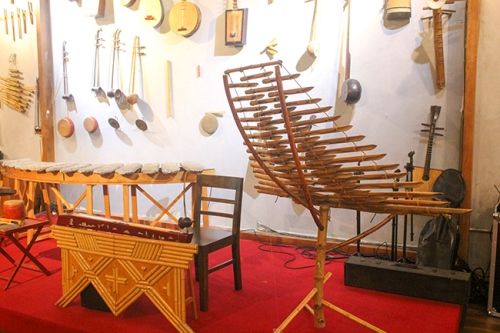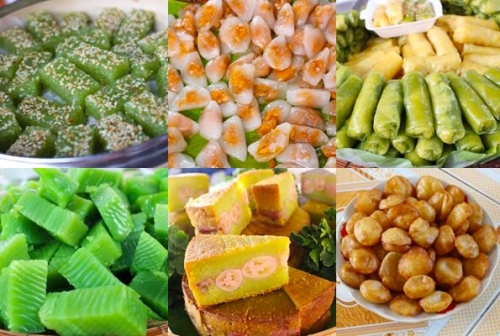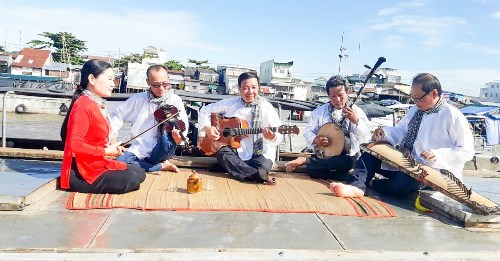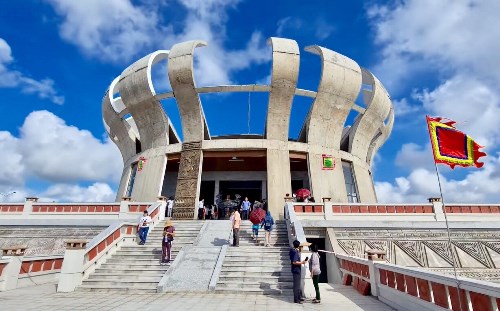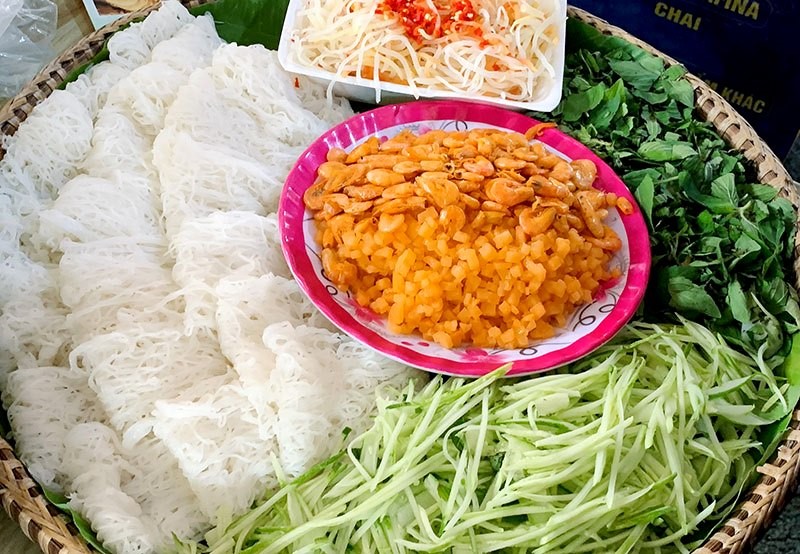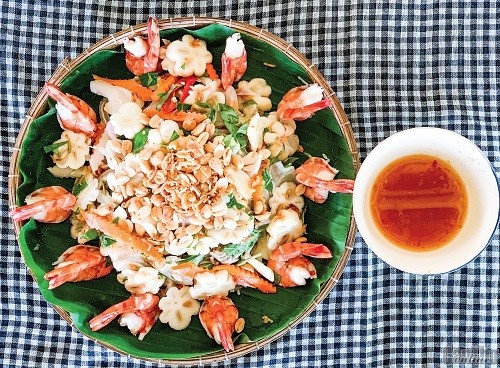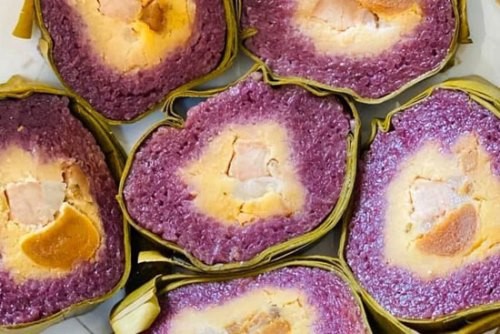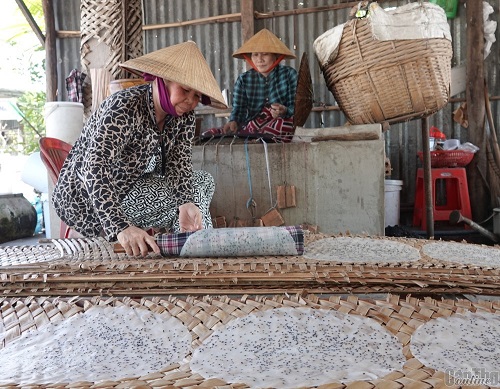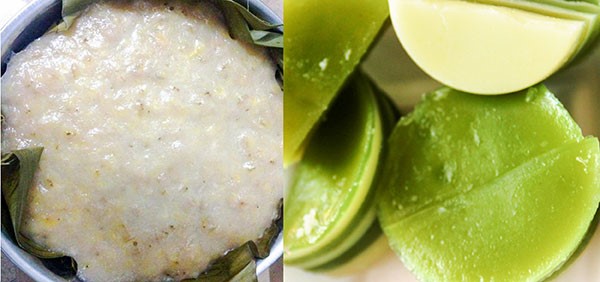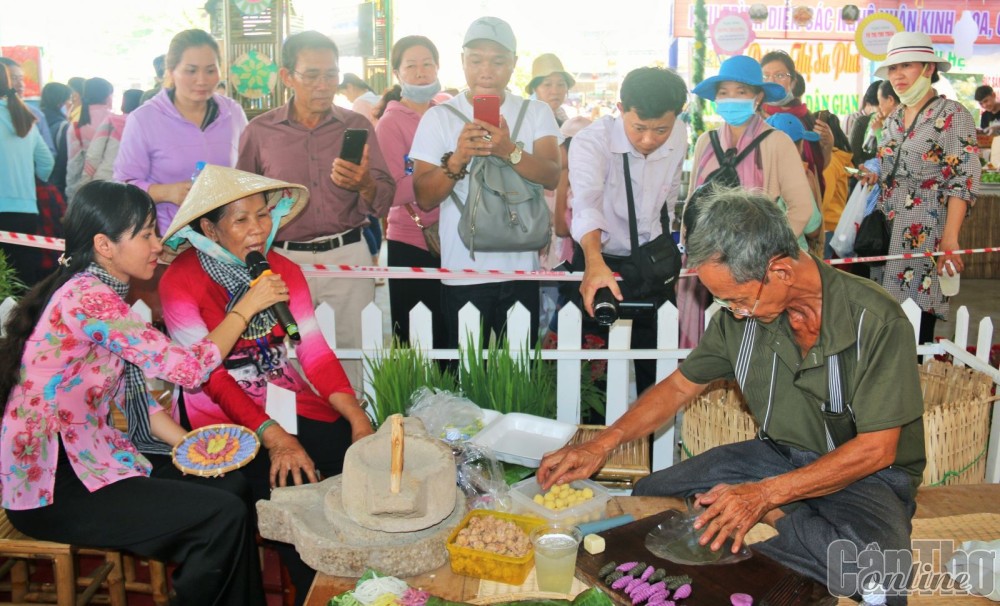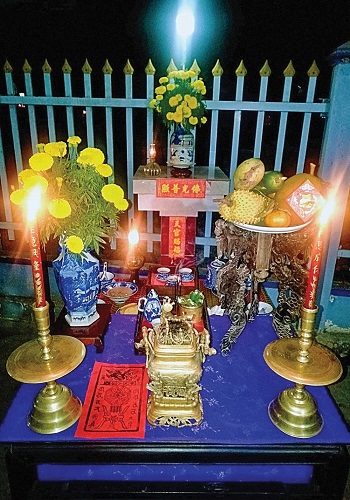
It is a custom influenced by the Chinese ethnic culture - a community that has lived closely with the Vietnamese people for hundreds of years in the southwestern region. However, this Vietnamese custom has its variations.
Firstly, let us briefly discuss the ritual of worshipping Ong Thien. In the folk beliefs of the Chinese people, who have been influenced by Taoism, the Jade Emperor is the supreme god of the heavens and the leader of all deities. The Jade Emperor is often worshipped in various temples. Additionally, the belief in the Jade Emperor has also influenced the folk beliefs of the Vietnamese people. In the southwestern region, most households have an altar for Ong Thien in front of their homes. Some believe that this is a place to worship the heavenly officials (Thien quan), while others consider it a place to worship the Jade Emperor. Of course, folk culture is diverse and not confined to fixed standards. Therefore, each person may have different beliefs regarding the object of their worship. However, in general, people understand simply that the Ong Thien altar is a place for worshipping the Heavens.
The Ong Thien altar takes various forms but generally appears quite simple. It can be a square altar placed on a tall pillar, or a small altar attached to the house wall. On the altar, the household owner can place a yellow inscription on a red background with the words "Thien quan tu phuoc" (Heavenly Official Bestows Four Blessings), a form more commonly seen among the Chinese community. If a pillar is on the altar, the aforementioned words can be engraved on its surface. However, the common practice is to use adhesive paper. People often use two red papers with yellow writing. The horizontally placed paper bears the phrase "Nghinh xuan tiep phuoc" (Welcoming the Spring, Receiving Blessings) and is affixed to the altar. The vertically placed paper bears the words "Thien quan tu phuoc" (Heavenly Official Bestows Four Blessings) and is attached to the pillar. Additionally, the household owner hangs a paper talisman called "bua neu" (neu talisman) on the house door, made of red paper with golden characters. On the occasion of welcoming the new year, they remove the two papers on the Ong Thien altar and the old talisman, replacing them with new papers and a new talisman.
The famous poem "Nguyen nhat" by poet Wang Anshi during the Song dynasty reflects this custom: "Boc truc thanh trung nhut tue tru / Xuan phong tong noan nhap Do to / Thien mon van ho dong dong nhut / Tong ba tan dao hoan cuu phu". Tran Trong San's Vietnamese translation: “Het mot nam roi, tieng phao dua / Gio xuan thoi am chen Do to / Ngan cua muon nha vua rang sang / Deu dem dao moi doi bua xua” (Another year has passed, the sound of firecrackers resounds / The spring wind warms the wine of Do to / Thousands of doors in countless houses open in the morning light / All adorned with new peach blossoms, replacing the old talismans) Peach wood is used to draw images of the Gate Gods guardians in front of the house, hence called "dao phu" meaning talisman made of peach wood. The custom of drawing or affixing Gate Gods images on doors has existed for a long time, but each region has different beliefs and forms. Gate Gods can be considered as Than Do (Shentu) and Uat Luy (Yu Lei), or Nguy Trung (Wei Cheng) and Chung Quy (Zhong Kui)... overall, it is quite diverse. On the occasion of New Year's Eve, the peach talismans are replaced. Over time, this custom has evolved into various forms such as paper talismans, paintings, couplets, and more.
This custom has influenced Vietnamese culture from an early time. During the Mac dynasty, Hoang Si Khai, a high-ranking official, wrote the poem "Tu thoi khuc vinh" in Nom script, using the verse form of “song that luc bat” (double seven-six-eight), which discusses customs related to the four seasons of the year. In the section about spring, there is a line: "Chung Quy (Zhong Kui) skillfully depicts the image / Peach talisman wards off demons, protects against evil spirits." In the Southwest region of Vietnam, this custom was embraced by the Vietnamese people and underwent variations. The Chinese community often affixes five red papers vertically above their house doors, with each paper carrying a wish.
On the other hand, the Vietnamese usually attach two pieces of red paper vertically and horizontally on the Ong Thien altar as described earlier. However, these forms may vary depending on the local traditions. For example, in some places, the phrase "Nghinh xuan tiep phuoc" on the horizontal paper is replaced with "Phat quang pho chieu" (Buddha's radiance shines widely). This is because folklore believes that the Buddha holds a higher position. If the phrase "Thien quan tu phuoc" is already vertically placed on the lower part of the pillar, then the term "Phat quang pho chieu" should be horizontally placed on the upper part of the altar. These variations somewhat reflect the richness of folk culture.
Can Tho News - Translated by Hoang Dat





